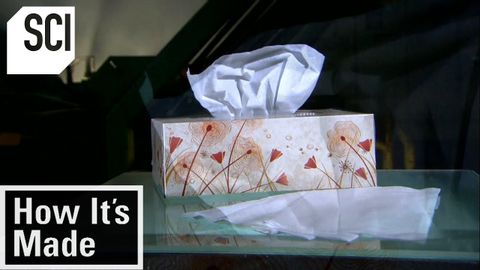
Subtitles & vocabulary
Video vocabulary
specifically
US /spəˈsɪfɪkli/
・
UK /spəˈsɪfɪkli/
- Adverb
- As regards a particular thing; closely related to
- In a definite and clear manner.
A2
More squeeze
US /skwiz/
・
UK /skwi:z/
- Noun (Countable/Uncountable)
- Amount of liquid from firmly pressing e.g. orange
- Act of putting pressure on, as to get liquid out
- Transitive Verb
- To force or threaten someone to give you something
- To strongly compress something to get liquid out
C1
More describe
US /dɪˈskraɪb/
・
UK /dɪ'skraɪb/
- Transitive Verb
- To tell the appearance, sound, smell of something
- To trace the outline of; to draw.
A1TOEIC
More Use Energy
Unlock All Vocabulary
Unlock pronunciation, explanations, and filters
